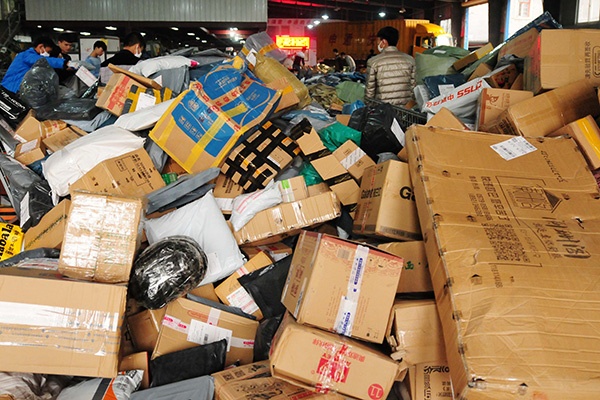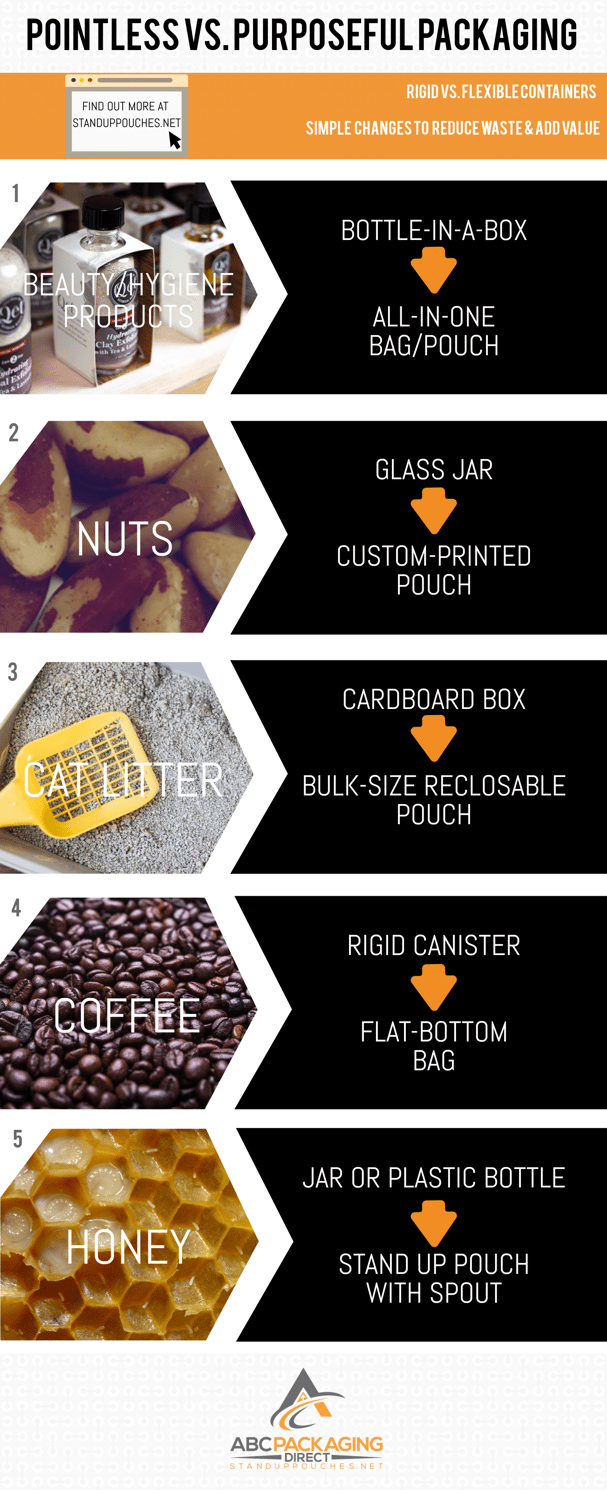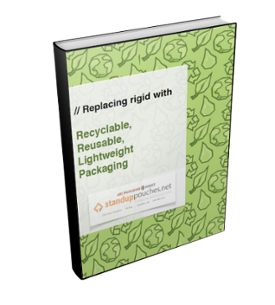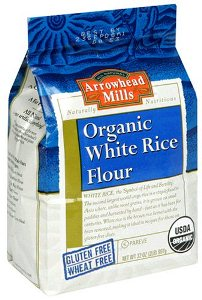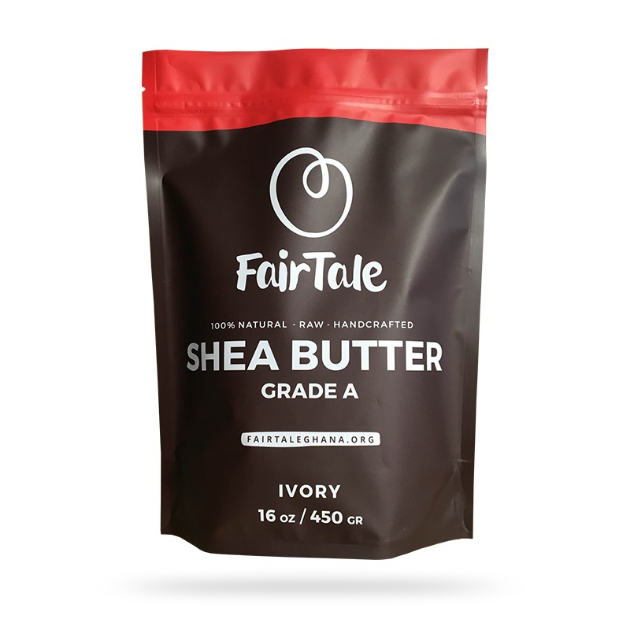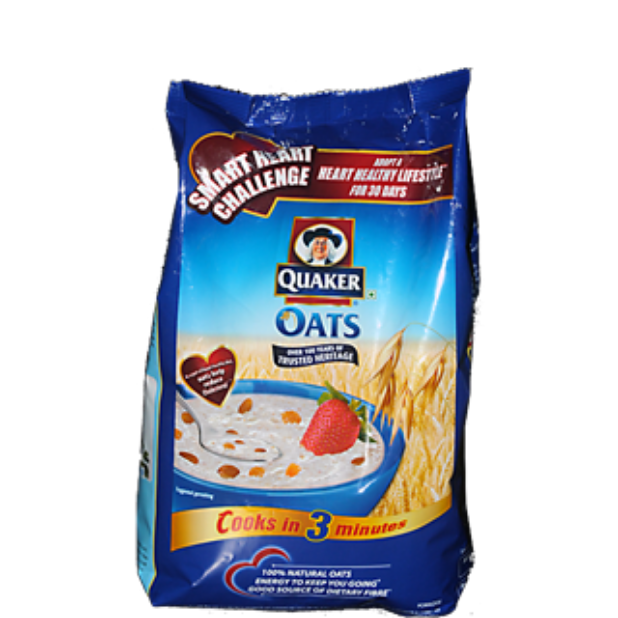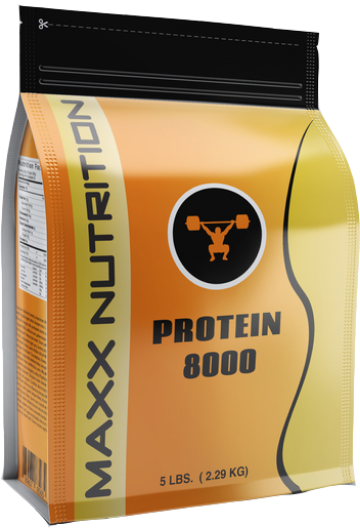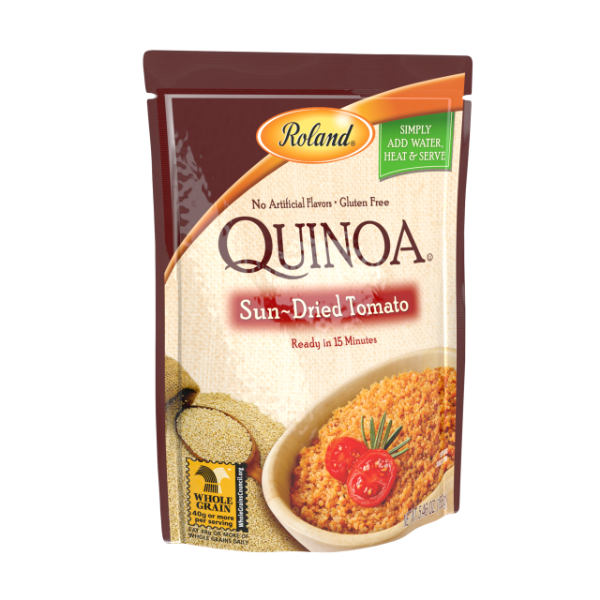Innovation is a key part of any brand’s success, especially now, as the world moves toward a more complex, global marketplace that demands sustainability from companies of all kinds.
Product packaging is just one facet that companies looking to stay current will need to consider as they navigate consumers' rapidly changing expectations. Buyers today demand packaging that is convenient, eco-friendly and well-designed, which means some traditional packaging methods are starting to look more problematic than they are practical.
Pointless Packaging Design #1: Bottle inside a box for toothpaste/beauty products
Consumers worldwide are becoming more aware of sustainability and deliberateness of material use when it comes to product packaging. These days, any kind of redundancy in product package designs is being seen more as a weakness in design or a disregard for environmental concerns than as an ordinary packaging solution. Why package a product twice — and generate more material destined for the landfill — when the product packaging could be redesigned and just as effectively packaged once?
Purposeful Packaging Alternative: Sustainable flexible pouch
The solution? Eliminate the box and instead opt for innovative designs that allow for more printed information to be part of the final package, instead of needing to rely on an exterior box. Some of the most successful and innovative packaging designs in recent history have been able to eliminate cardboard boxes from their product packaging entirely. Puma’s resuable “clever little bag” is just one example of how reconsidering package design can lead to a lot of attention in the marketplace, while simultaneously reducing a product’s carbon footprint. Flexible pouches offer endless possibilities for innovative product package designs and allow for more information to be printed on the final product package instead of relying on a second, unnecessary layer of packaging.
Pointless Packaging Design #2: Glass jar for nuts
Nuts have traditionally been housed in rigid metal cans or glass jars, but with so many other packaging options available these days, it seems ridiculous that they should remain packaged in such inconvenient containers. Nuts are a great snack food, but today’s consumers place more value on convenience and portability in product packaging than consumers of the past, and carrying around a heavy glass jar of nuts is not ideal for the person on the go. Some rigid nut containers even have sharp edges left around their rim after the lid is removed, making them not only inconvenient to snack from, but downright painful to use.
Purposeful Packaging Alternative: Custom Printed Pouch
Custom printed stand up pouches are a much more convenient and functional product packaging designs for snacks like nuts. Brands like Blue Diamond are embracing custom printed pouches for nuts because they’re lightweight, fit into a bag and can be transported without risk of breakage. Printed pouches also allow for more graphics coverage than glass or metal containers, allowing snack brands more space to market their products directly on the face of their product packaging. Consumers appreciate the flexibility and portability of pouches, which can be reclosed and carried easily in a pocket or bag.
Pointless Packaging Design #3: Cardboard box for cat litter
All cat owners have to deal with the continuous burden of cat litter, and bulky, rigid cardboard or plastic containers add an extra degree of inconvenience to the matter. These packaging methods for cat litter almost always result in product loss. The seams on those heavy cardboard cartons never seem to hold the litter in as they should, making a mess for you and the store where you bought it by leaking litter all over the place. Also, because the product package design usually makes it impossible to get all the litter out of the box, there often ends up being some amount of litter left inside the package that you just can’t seem to get out, no matter which way you try to shake it...
Purposeful Packaging Alternative: Bulk-size stand up pouch (with handle)
Litter in a stand up pouch is much more convenient to transport, store and use than traditional, rigid litter packages. Pouches can be manufactured in large sizes for bulk items like litter, and their bottom and side gussets keep small, fine granules like litter inside the container so pet owners don’t have to worry about leaks (i.e. wasted product and mess).
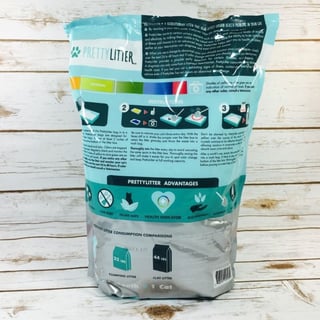 Pouches also make for easy pouring and can be produced with a handle and/or pour spout. They can be fully opened with a pair of scissors or tear notch, eliminating the problem of litter being stuck in the package when you go to pour it out. Pouches are also less bulky than rigid containers so they take up less space in your home, and besides being recyclable, by design they create a good deal less packaging material waste than traditional litter packages. Brands like Pretty Litter are already using flexible stand up pouches for their cat litter, which are superb for shipping their innovative cat litter directly to consumers.
Pouches also make for easy pouring and can be produced with a handle and/or pour spout. They can be fully opened with a pair of scissors or tear notch, eliminating the problem of litter being stuck in the package when you go to pour it out. Pouches are also less bulky than rigid containers so they take up less space in your home, and besides being recyclable, by design they create a good deal less packaging material waste than traditional litter packages. Brands like Pretty Litter are already using flexible stand up pouches for their cat litter, which are superb for shipping their innovative cat litter directly to consumers.
Pointless Packaging Design #4: Rigid metal or plastic canisters for ground or whole-bean coffee
There was a time when the “coffee can” was universally understood as the pinnacle of product packaging, but rigid, especially metal, containers for ground and whole bean coffee alike are quickly becoming a thing of the past. Metal cans run the risk of altering the flavor of the grounds or beans, which is a serious problem for a product like coffee which consumers expect to have layers of flavor and a pleasing—preferably non-metallic—aroma, to experience. Cans are also more costly to transport and in terms of material, they usually include a canister, foil seal and plastic lid, all of which could be eliminated with a bit of ingenuity in product packaging design.
Purposeful Packaging Alternative: Reclosable flex box bag or kraft pouch
The “coffee can” of the future isn’t a can at all, but a bag. Brands like Starbucks are using bags with a gas valve for their coffee for a reason. Bags are an all-in-one solution that are more cost-efficient and less wasteful. Brand owners will appreciate bags ability to offer more “retail space” for branding/designs and they can be produced in a variety of finishes (metalized, matte, kraft paper, etc.) to help them stand out on the shelf. Consumers appreciate that these bags are better at retaining coffees’ complex flavors by keeping them fresh longer without introducing interfering flavors to the product, not to mention that they’re lightweight and easy to store.
Pointless Packaging Design #5: Glass jar or plastic bottle for honey
Honey has been a favorite for centuries and recently has seen a lot of attention as a natural alternative to sugar, also claiming multiple health benefits and a host of fragrant flavor varieties to be discovered. However, packaging for this miraculous nectar could certainly improve. While the rigid plastic bear is a whimsical method for holding honey, its functionality is severely lacking.
Because honey crystallizes naturally over time, a portion of the product always ends up being wasted by getting stuck in the little nooks and crannies of the honey bear container. Warming it up will turn crystallized honey back to a liquid form, but heating the plastic causes chemicals to leach into the honey, making a sweet natural treat into a potential health hazard. Closures for rigid honey containers also leave a lot to be desired — pouring honey from rigid containers using flip top lids or twist off caps inevitably ends up allowing some of the honey to drip on the outside of the container, making for a sticky mess that not only wastes the product, but also attracts ants and other pests.
Purposeful Packaging Alternative: Spouted stand up pouch
A brand like Bush Boys Beehives is a great example of why the plastic bear bottle or jar aren’t always the best solution for packaging honey. As honey naturally crystallizes, it’s much easier to squeeze out of a spouted pouch, which is much less messy than traditional honey containers and ends up wasting less of the product. Packaging honey in spouted pouches also eliminates the problem of the product dripping along the sides of a bottle or jar that has to be poured, making for a wasteful, sticky mess. Spouted pouches are a perfect solution for packaging honey and other sticky liquid products since the “squeezability” of the spouted pouch offers more control and ease of use, on top of being more flexible and environmentally responsible.
Additional Reading:
- Benefits of Stand Up Pouches vs. Other Packaging
- Product Packaging Showdown: Flexible vs. Frustrating Containers
- 5 Reasons Why Your Customers Hate Your Retail Packaging
- The Purpose of Packaging in a Crowded World
(Top Photo Source: China Daily)

